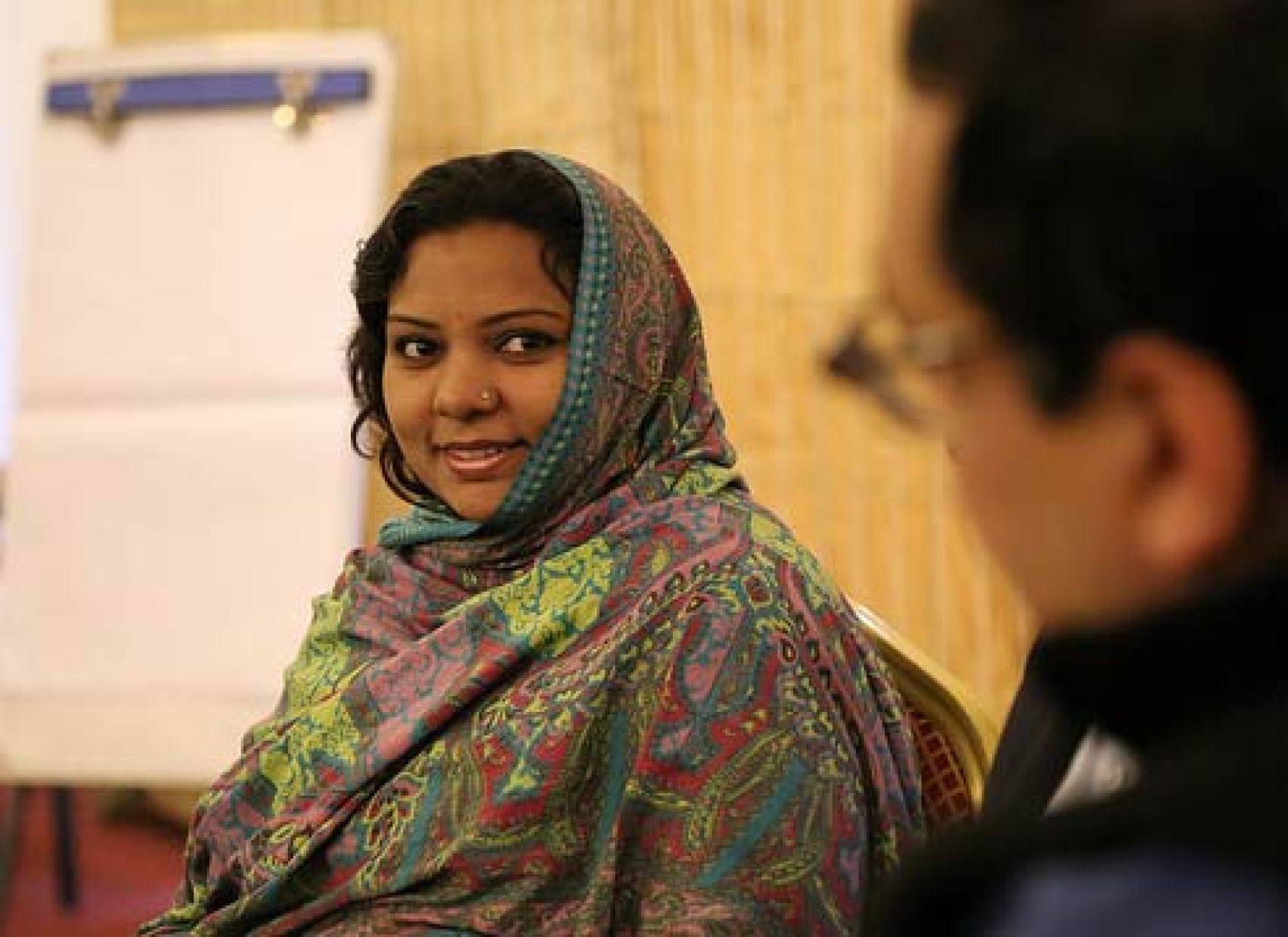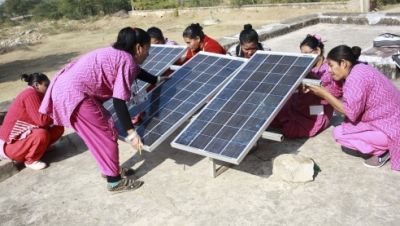Any study of human development is incomplete without considering demographic transition; a phenomenon likely to have a profound impact on Pakistan’s future, given its young population. Currently, 64 percent of the nation is younger than 30 and 29 percent of Pakistanis are between 15 and 29 (an age group which we define as the youth). Pakistan now has more young people than it has ever had, and this is forecasted to continue to increase until at least 2050.
Why is this important? Because the youth have the power to transform a country’s future. They could be the engines of development. Or their disillusionment could lead to social unrest. Pakistan’s National Human Development Report 2017 studies the hopes, dreams, aspirations and fears of young Pakistanis to gather insights for transforming the "youth bulge" into a demographic dividend. It analyzes young people’s voices by consulting more than 130,000 people across Pakistan, of which 90 percent were youth, including marginalized and underprivileged young communities.
The voices of youth were heard in many ways, ranging from mainstream social media websites to more innovative approaches including direct consultation, art competitions, video messages, radio shows, the Razakaar (volunteering) programme, the Your Idea Counts campaign, and the #Khwab Pakistan (Dream Pakistan) campaign involving young leaders. An interesting addition to the report is a set of 101 Jawan (young) ideas, which are policy recommendations from the youth for the youth.
In addition, data from national surveys and new data from a National Youth Perceptions Survey was used to compute a sub-national Human Development Index, Youth Development Index, and a Youth Gender Inequality Index.
The data drawn from these diverse sources was used to develop a representative sample of the youth from diverse backgrounds. The findings revealed some important insights: 29 out of 100 young people are illiterate and only 6 percent have more than 12 years of education. Regarding employment, 39 of 100 youth are employed (32 of them males and 7 females), 57 of 100 youth (16 males and 41 females) are neither working nor seeking jobs, and only 4 percent are unemployed and actively looking for work.
Significant gaps were also found with regard to the space for social engagement and connectivity: only 15 percent of youth have access to the Internet, 52 percent own a cell phone, 94 percent do not have access to a library, and 93 percent lack access to a sports facility.

The report’s primary focus is to identify the drivers of change that can empower youth and harness their potential for human development. Known as the three Es, the report studied the three drivers of change namely: quality Education, gainful Employment, and meaningful Engagement.
Pakistan’s constitution promises free education to all school age children. Unfortunately, the report finds that a staggering 9.45 million children are out of primary school. At the current annual net enrolment rate of 0.92 percent, complete enrollment of school children won’t be reached until 2076. To meet the goal by 2030, the annual net enrolment rate has to quadruple to 3.8 percent.
However, even if every child goes to school, that does not mean they will get a quality education: such an education remains a luxury which few can afford to pay for. The many challenges related to education include barriers for girls’ education, high drop-out rates, low levels of public investment, and an insufficient number schools.
Education also impacts the next lever of change - gainful Employment. With youth representing just under half of Pakistan’s working age population, it is important to analyze whether the existing jobs are actually decent jobs.
Almost 4 million youth enter the working age population every year. If the current labour force participation rate and unemployment levels remain constant, 0.9 million new jobs are needed every year over the next five years. If we aim to improve labor force participation rates, an additional 1.3 million jobs must be created each year for the next five years.
Meaningful Engagement, the third E, is an important pillar of development in a country where the majority of the youth feel their voices are not heard and that they have little say in decision-making. Lack of social engagement is creating doubt, intolerance and distrust among young people. However, despite these limited ways to have their voices heard, the report finds the youth of Pakistan want to be engaged.
Together, the three Es, can break the cycle of poverty and advance human development, the report argues. The youth of Pakistan are full of potential, energy and ideas. What they need is an enabling environment that will allow them to take risks, innovate and engage productively. The report concludes that the youth bulge of Pakistan offers a potentially important demographic dividend. However, if proper investments are not made in promoting education, employment and engagement, the youth could represent a demographic challenge. This is a policy choice to be made by the policy makers. And the time is now.
The HDialogue blog is a platform for debate and discussion. Posts reflect the views of respective authors in their individual capacities and not the views of UNDP/HDRO.
HDRO encourages reflections on the HDialogue contributions. The office posts comments that supports a constructive dialogue on policy options for advancing human development and are formulated respectful of other, potentially differing views. The office reserves the right to contain contributions that appear divisive.
Photo: UNDP Pakistan


